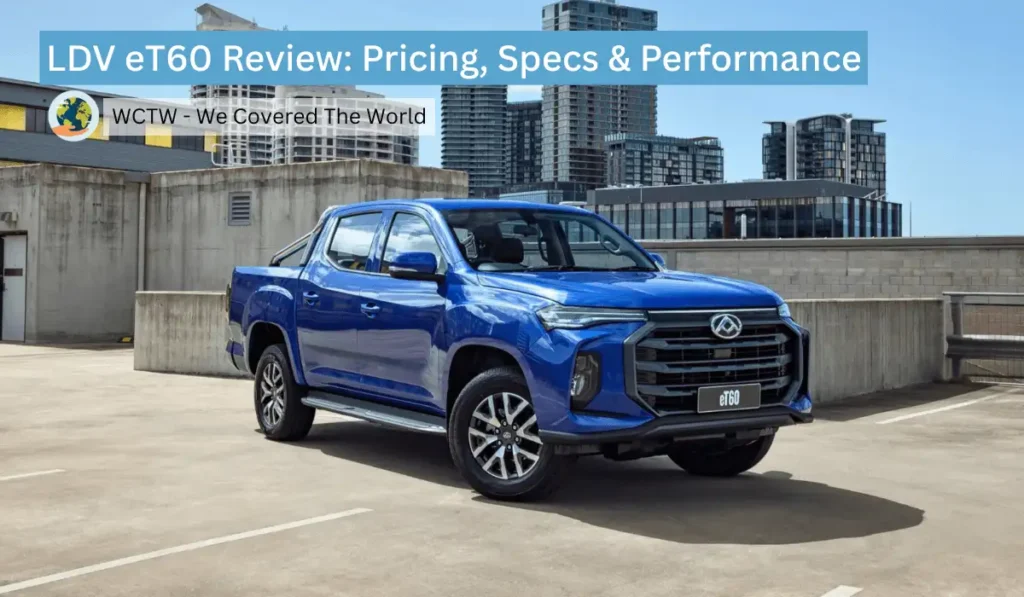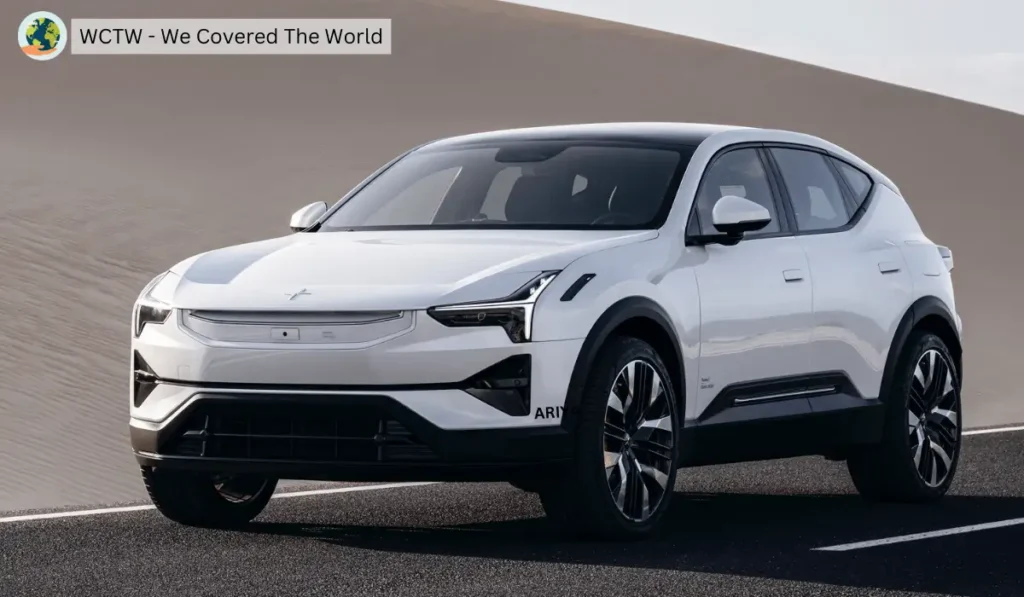The LDV eT60 has officially launched in the electric vehicle market last year. This vehicle offers an impressive range, features and performance specs. In today’s post, we’ll discuss its pricing, range, features, and overall specifications. So, let’s start with the details.
LDV eT60: Pricing and Range
Let’s talk about the pricing and range first. After the Clean Car rebate, the LDV eT60 is priced at just over NZD 71,000. That’s quite a competitive price point for an electric ute. Especially considering it gives a range of approximately 325 kilometers per charge. But can it actually achieve that? We’ll find out shortly in this review.

To truly check the LDV eT60’s range, I travelled on a long distance trip from Auckland to Ruawai and back. In city driving, I achieved around 400 kilometers of range. However, on the open road, the consumption increased to about 27 kWh per 100 km. It shows that the vehicle is less efficient at higher speeds due to its design.
Performance and Battery Specs
The LDV eT60 features a 130 kW electric motor powering the rear wheels with 310 Nm of torque. It’s classified as a medium-duty ute, with a towing capacity of 1.5 tons and a tray load capacity of 750 kilograms. Its dimensions are impressive, with a tray measuring almost 1.5 meters long and wide. Equipped with cargo hooks in each corner for added utility.

Interestingly, the battery is an 88 kWh unit, which is one of the largest batteries in any vehicle I’ve tested. However, despite its size, it only achieves a range of 325 kilometers. This raises questions about efficiency that we’ll explore later.
Interior Design and Comfort
Inside the LDV eT60, you’ll find synthetic seats with red stitching, air conditioning and electric windows. The interior is designed for practicality, featuring two cup holders in the center console and another two on the edges. It also sports a 10-inch display with a reversing camera, USB ports, and a 12-volt outlet.
There’s a ample legroom in the back, making it suitable for taller passengers and a fold down armrest space. The overall feel is functional and while the interior could be more upscale, it meets the needs of a working vehicle.
Driving Experience
When it comes to driving, the LDV eT60 offers different modes: Eco, Normal, and Power. The Power mode allows you to unleash the full potential of the 130 kW motor, providing a decent amount of torque for acceleration. However, it’s important to note that there are no adjustable regenerative braking options, which can limit the driving experience.

On the city streets of Auckland, I tested how it performs in the urban environment. Surprisingly, I encountered a significant number of utes, which contradicts the stereotype that they are only for farmers and village people. In fact, I counted 71 utes in one hour, many of which were being used as family vehicles.
Efficiency and Charging
Charging the LDV eT60 can be done in several ways. The slowest method is using a standard power outlet, which can take about two days to fully charge. A wall-mounted 7 kW charger is a better option, providing a full charge overnight. However, for those in need of a quick charging option, DC fast chargers are available across New Zealand. DC charging station gives you a significant charge in about 45 minutes.
Conclusion
After spending a considerable amount of time with the LDV eT60, I can confidently say that it’s a solid option for those looking to switch to electric utes. While it may not be the most efficient electric vehicle on the market. But its practicality combined with the zero emissions offered by its electric motor, makes it an appealing choice for everyday driving.
As electric vehicles become more common, the LDV eT60 is a great way for a new era of utes that are both functional and environment friendly. For those considering an electric vehicle, the LDV eT60 stands out as a versatile option on the market. A practical choice that can meet the demands of daily use while contributing to a sustainable future.



